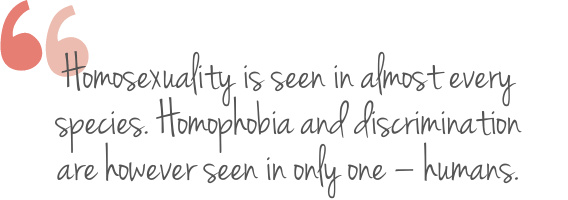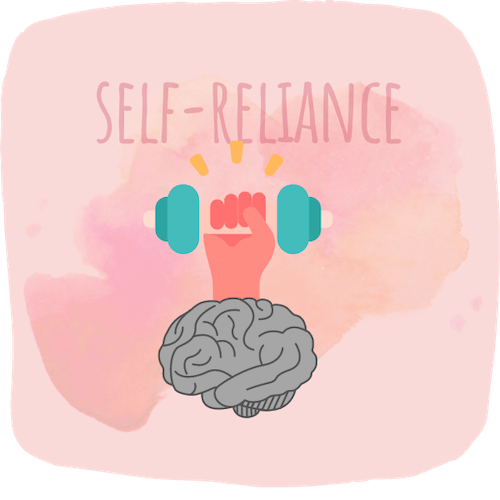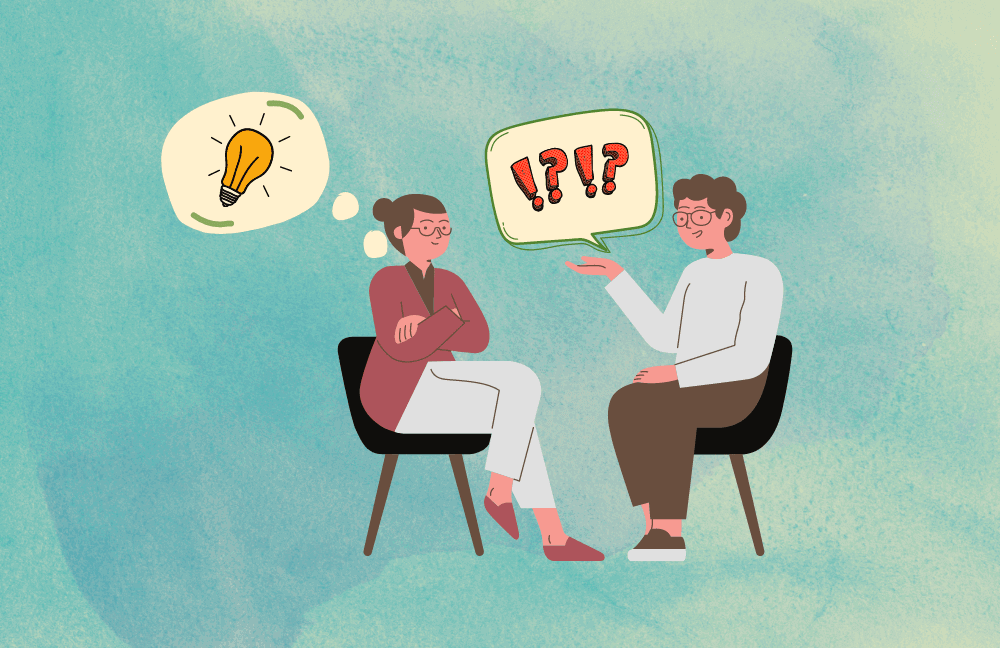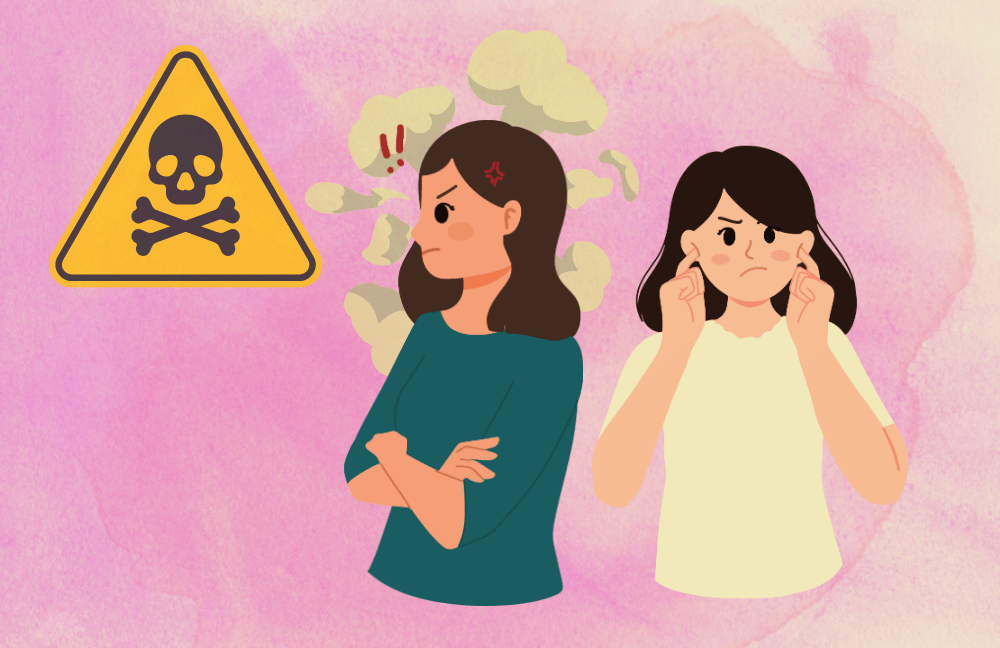Homosexuality
What is Homosexuality?
Homosexuality means having sexual, romantic and emotional attraction towards a person of the same sex. Nearly 2 to 11% of the population reported that they have been attracted to their same gender. Today the same gender preference is called being part of an LGB (lesbian, gay, bisexual) community. Society is struggling to welcome and positively perceive homosexuality. Public policies towards same sex relationships have positively changed in many countries. Yet, hostility and discrimination against this community continues to enhance the stress they endure.
Homosexuality is a normal variant of sexuality, but is still not being considered completely normal. It may be seen as a deviation in psychosexual development, caused by genetic and psychosocial factors out of the person’s control. Research has confirmed that there are structural differences in the brains of people who are lesbian, gay or bisexual. And neurotransmitter alterations too. But if people with cancer or diabetes or hypertension can be treated equal, why not homosexuals?
Is Homosexuality Abnormal?
No, it’s not. Normalcy has two definitions. One being a statistical component in the curve of normal distribution, and the other, an acceptable pattern in society. There have been mixed opinions, sentiments and verdicts about homosexuality. Statistically, it is considered abnormal since it forms a minority in the normal distribution. But being an outlier cannot pronounce homosexuality to be a sin or crime or disorder. Geniuses with an IQ of 165 are outliers too. But they are not denounced from society.
Now, as a biological function, sexual activity has two goals. First being procreation to safeguard the continuation of the species. The second being the experience of pleasure, strengthening the bond between the couple. Homosexuality refutes one of the goals of sexual procreation. But then, there are many heterosexual couples who choose not to have children too. And several homosexual couples have adopted children (a very noble act). Homosexuality is hence neither a sin nor a crime, and the freedom of those with a homosexual orientation to live a happy life, is their personal choice. At least, it should be.

Is Homosexuality a Social Problem?
Homosexuality is a stable trait that has been acknowledged in human societies over several millennia. It has been confirmed through archaeological evidence that both female and male homosexuality occurred prehistorically and isn’t a product of modern times. So, we should not regard it as a new-world problem.
Homosexuality has probably been the subject of some of the most controversial discussions in the world – in the field of medicine, society, politics and the law. Up until 1973, it was categorized as a psychiatric disease in the Diagnostic and Statistical Manual of Mental Disorders (DSM). The International Statistical Classification of Diseases and Related Health Problems (ICD) continued to pathologize it until 1991. But stigma persists. Stigmatization today ranges from subtle homophobia to public rejection, verbal and physical violence, criminal sanctions and even the death penalty. There is still some ongoing criminalization and banishment of sexual and gender minorities.
Why do LGBs Face Minority Stress?
Stressor: Discrimination
Stressor: Hypervigilance
Stressor: Stigmatization
Stressor: Homophobia
Do LGB individuals have more psychological problems?
The basic concern is not that an LGB individual is innately neurotically disturbed. In isolation, homosexuals do not have higher statistically significant psychopathology. But in a society that consistently disparages them with a contemptuous attitude, not to mention the occasional outright hostility, it isn’t surprising that they suffer a distorted self-image, and depression in response to the stigma and discrimination they endure. This predisposes them to more emotional problems.
Research shows that LGBs suffer higher depression, anxiety, social anxiety, substance use, anger, frustration, and suicide too in comparison to the general population. Minority stress is the biggest contributor. They might endure childhood maltreatment because of nonconformity, low family support, chronic feelings of hopelessness, perceived sense of being a burden or not belonging, and victimization in school, college and workplaces.
Any neurotic trait LGBs possess, is likely independent of the homosexuality itself. Just like any heterosexual or asexual person, they learn to get comfortable with their choices. It’s the world around them that has a problem with them, not they themselves.
How does MindFrames approach Homosexuality?
At MindFrames we are here to help inculcate self-compassion and self-reliance to facilitate the process of coming out and preventing homophobia. This will help building resilience to stand for your rights. It is important to seek comfort in your decision, be assertive while speaking to parents, caregivers and friends; and feel in control of your choices and your life, every step of the way. Cognitive techniques like CBT (Cognitive Behavioral Therapy), REBT (Rational Emotive Behavior Therapy), ACT (Acceptance and Commitment Therapy) and Humanistic techniques like EFT (Emotion focused Therapy) can enhance this process of self-acceptance and empowerment. Mindfulness training builds psychological flexibility and enhances resilience to stand for your own choice and live a fuller and happier life.




References
- Verghese, A., (2014). A fresh look at homosexuality. Indian journal of psychiatry, 56(2), 209–210.
- Mendelson, G., (2003). Homosexuality and Psychiatric Nosology. Australian & New Zealand Journal of Psychiatry;37(6):678-683.
- Meyer, I. H., (2003). Prejudice, social stress, and mental health in lesbian, gay, and bisexual populations: conceptual issues and resea.
Latest Posts

7 Reasons Why You Should Seek Therapy

5 Ways To Deal With A Toxic Coworker

Insecurity Plaguing Your Relationships? Discover Why

4 Attachment Styles Critical To Relationships


